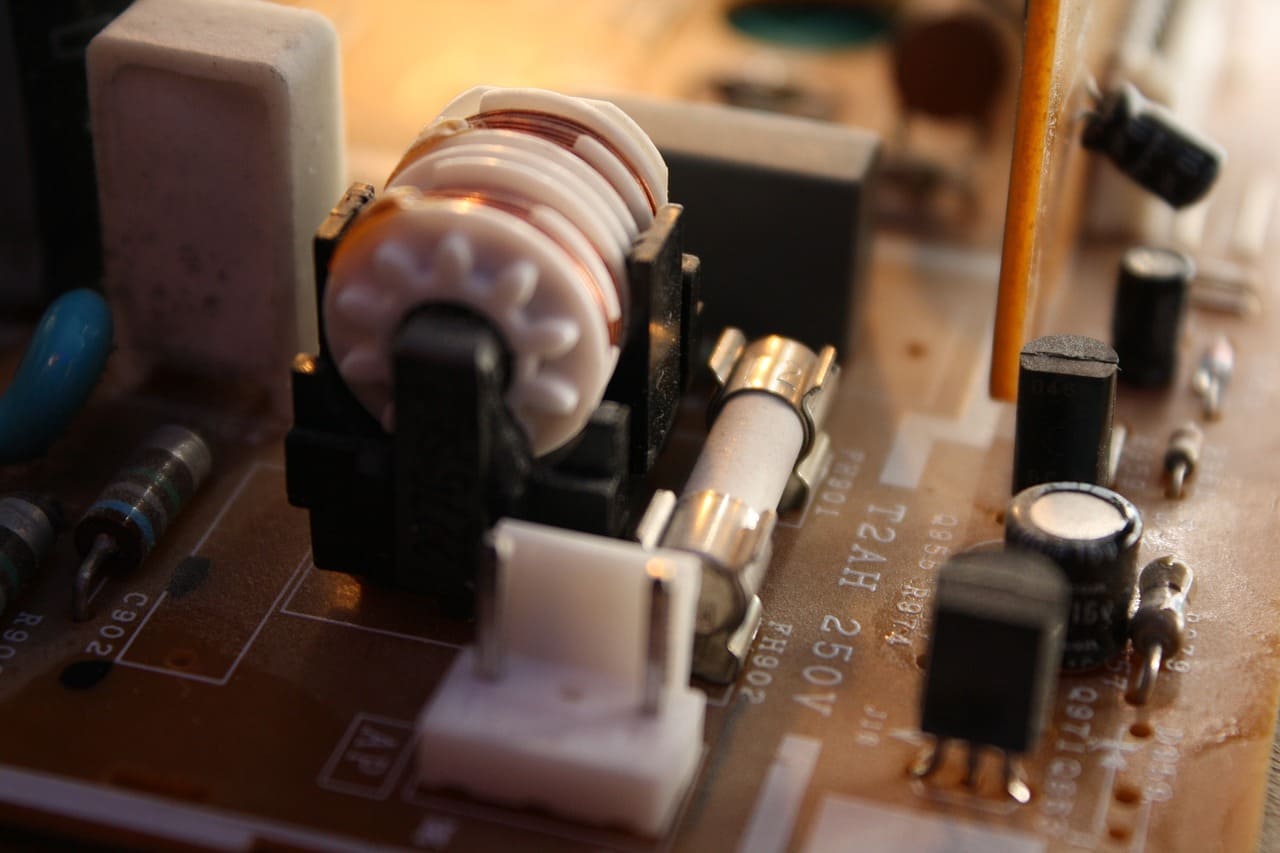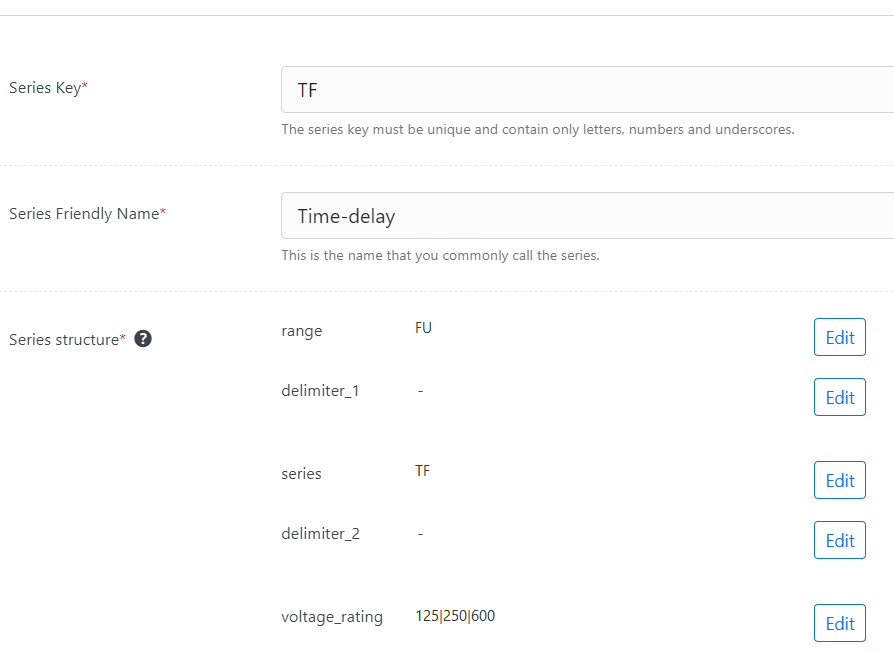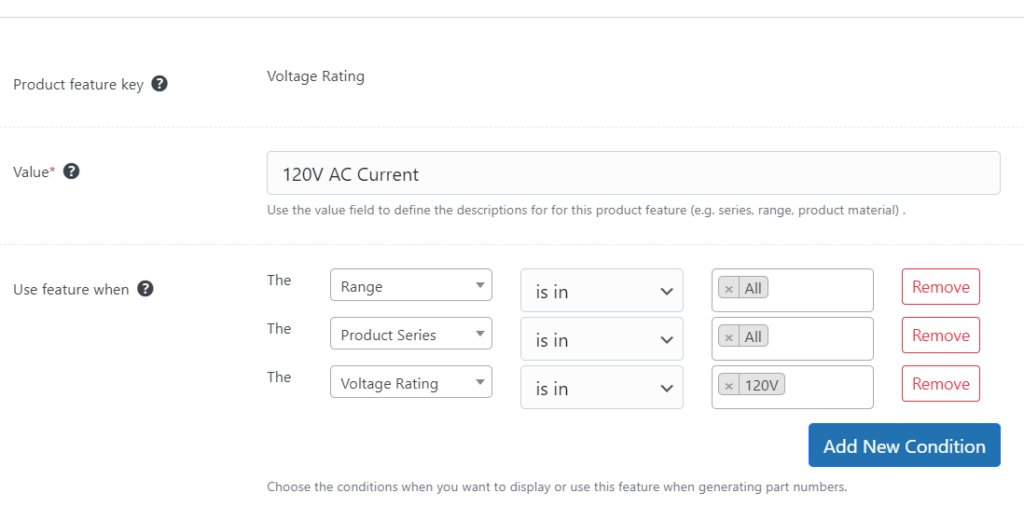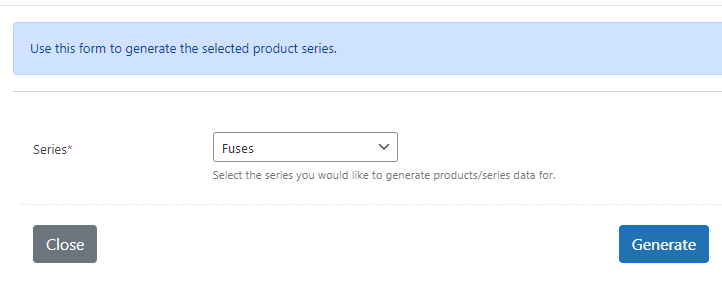
Intelligent Part Numbering Scheme For Fuses
This article outlines how to create an intelligent part numbering scheme for Fuses, and how you can accurately manage this at scale
A fuse is an electrical component designed to protect an electrical circuit from excessive current flow by breaking the circuit when the current reaches a certain level. It contains a metal wire or filament that melts when the current exceeds a safe level, which interrupts the flow of electricity and prevents damage to the circuit or the devices connected to it. The purpose of a fuse is to prevent electrical equipment or wiring from overheating and catching fire due to a short circuit or overload.
To create a part numbering scheme for Fuses there are several characteristics you might take into consideration. Here are 6 as an example:
- Fuse type – This characteristic could identify the type of fuse, such as “Fast-acting,” “Time-delay,” “Resettable,” or “Non-resettable.”
- Current rating – This characteristic could specify the current handling capacity of the fuse, such as “1A,” “5A,” “10A,” etc.
- Voltage rating – This characteristic could specify the voltage range or rating of the fuse, such as “125V,” “250V,” “600V,” etc.
- Size or form factor – This characteristic could specify the physical size or form factor of the fuse, such as “1/4 x 1-1/4 inch,” “5 x 20mm,” or “10 x 38mm.”
- Interrupt rating – This characteristic could specify the maximum fault current that the fuse can interrupt safely, such as “10kA,” “100kA,” etc.
- Packaging type – This characteristic could specify the type of packaging used for the fuses, such as “Bulk,” “Tape and Reel,” “Tube,” or “Tray.”
To create the actual part number, you could assign a unique code to each option for each characteristic. For example, you could use an abbreviation for the range (e.g. FU for fuses) and then for the fuse type (e.g. TD for Time-delay, R for resettable), and so on. Then, you can combine the codes for each characteristic to form the complete part number.
So for example, a part number for a fast-acting fuse with a current rating of 5A, a voltage rating of 250V, a size of 5 x 20mm, an interrupt rating of 10kA, and packaged in a tube could be: FU-FA-5A-250V-5×20-10kA-T.
You can then use this part number as a unique identifier for the fuse in your inventory management system or product catalog.
How can this be done accurately at scale?
PDE is designed to make the definition, management and generation of these part number schemes easy to manage at scale.
Rules for how the product codes should work are entered into the system and then the system can generate the most complicated combinations accurately.
Setting up a the structure of a product series in PDE is straight forward.

Once you have the structure defined, you can add feature data like voltage rating and control how and where features appear using simple to define rules.

Once you have loaded your data head to the generator.

It will take seconds to generate hundreds of accurate web pages, data sheets and series overview.

The best way to see if Product Data Engine is a good fit for your requirements is to take a look at our 3 minute product tour. We would love to show it to you and see if it is a good fit.
